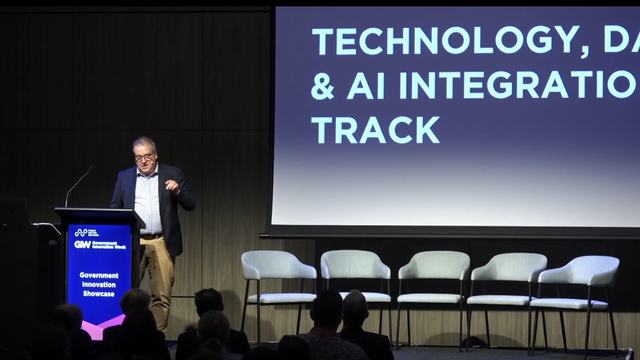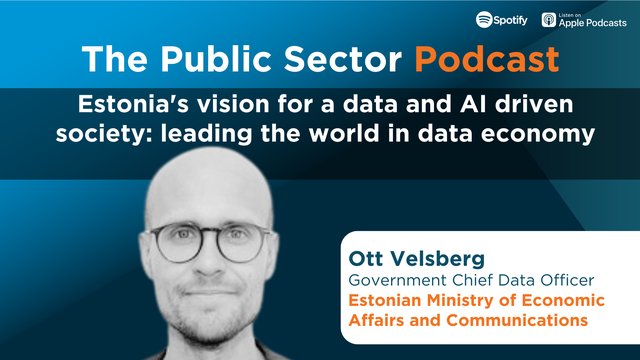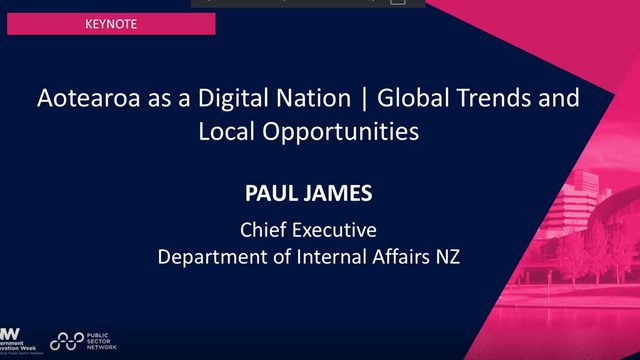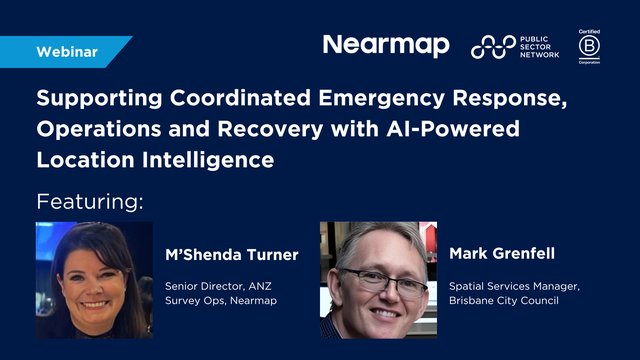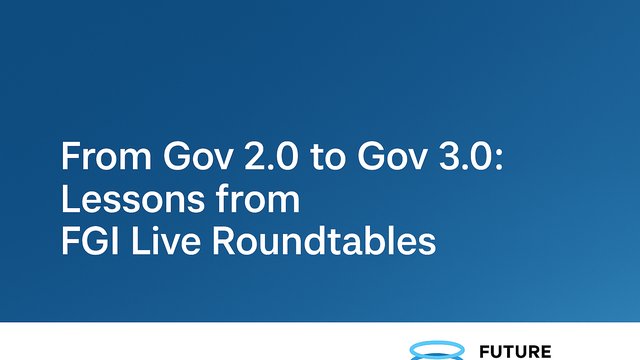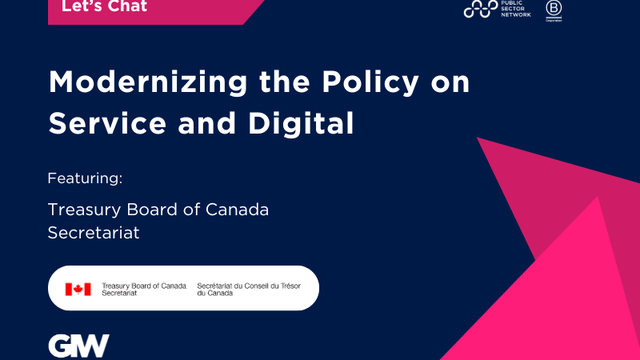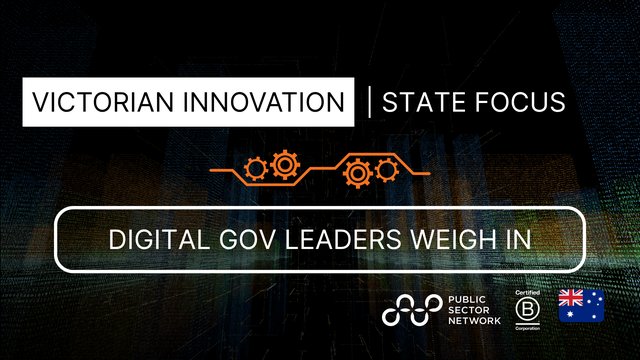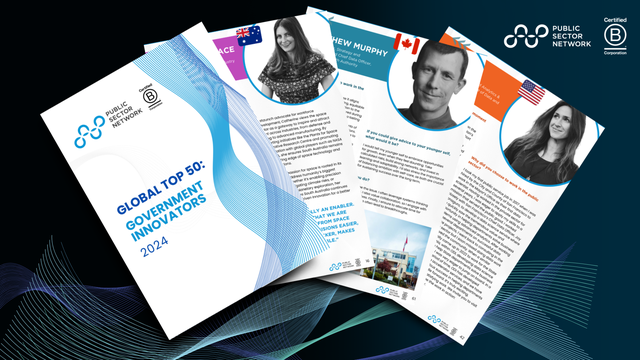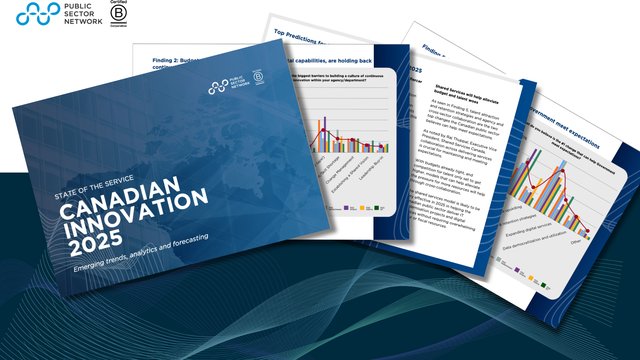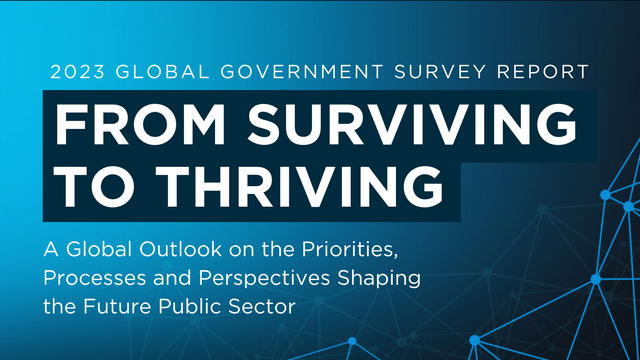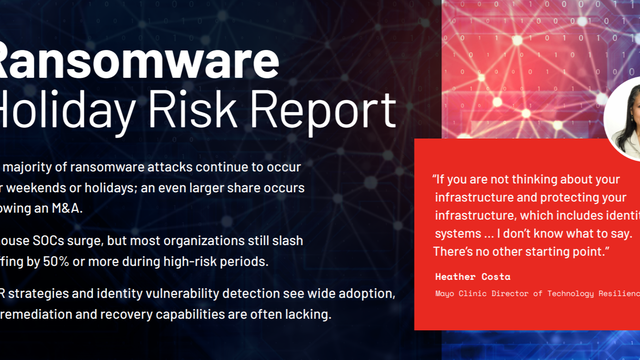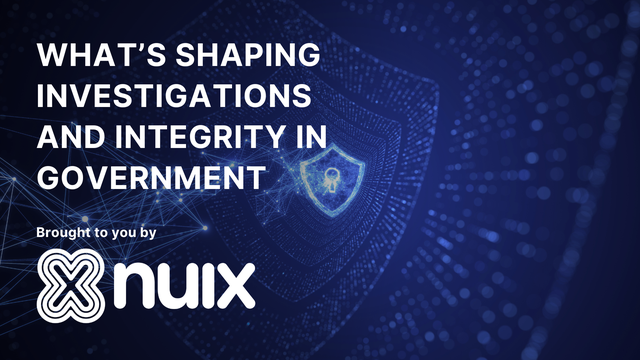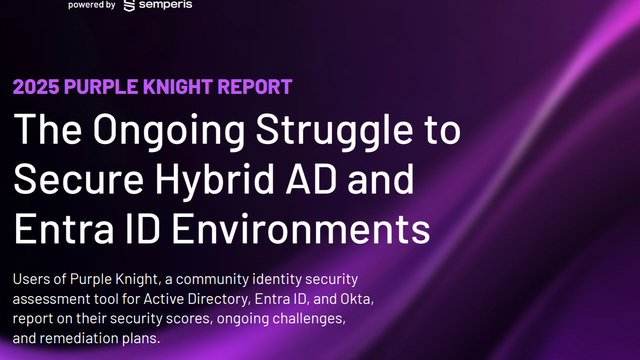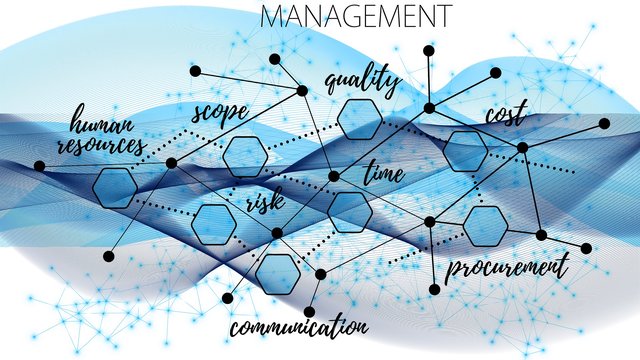
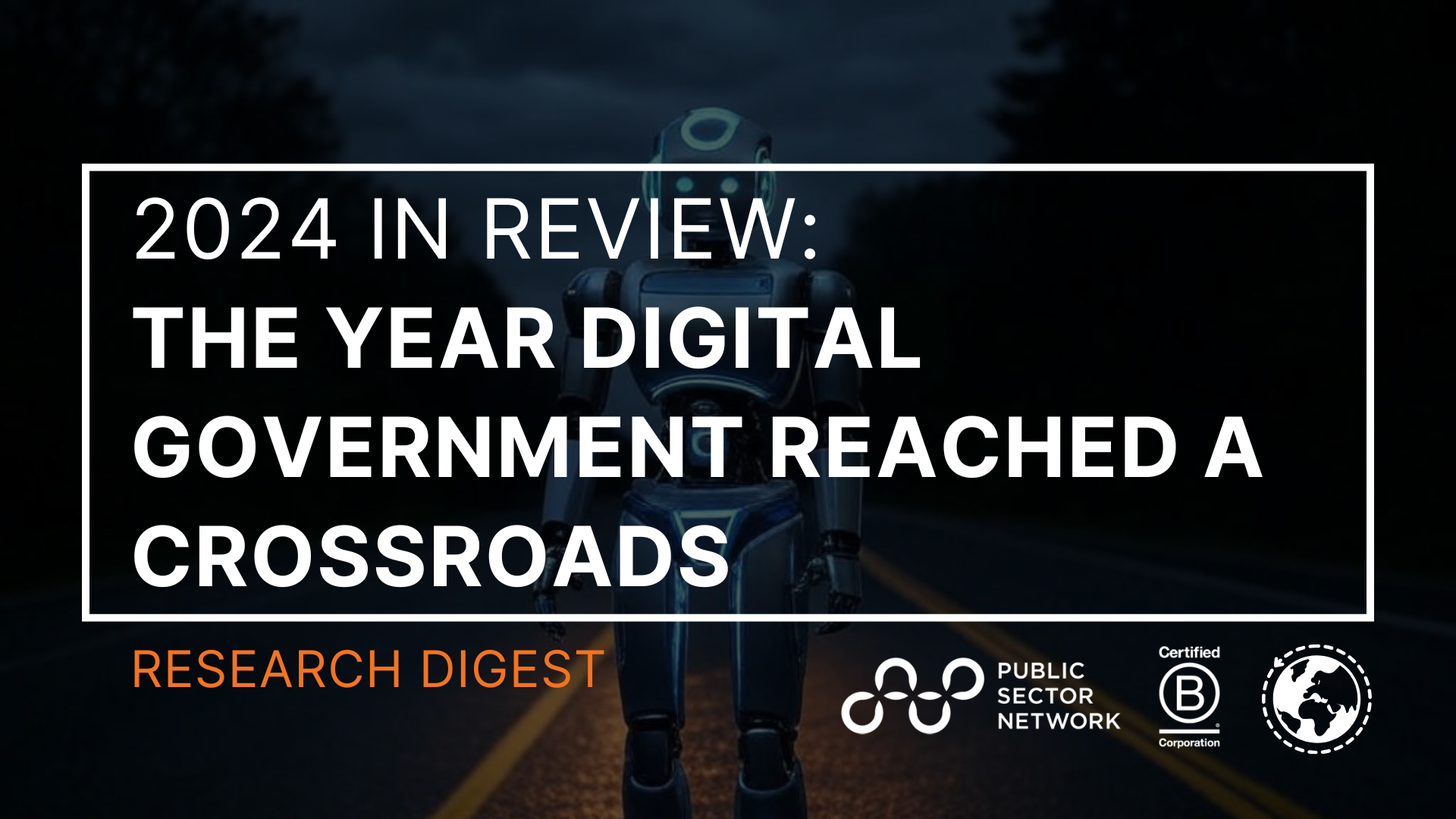
The Year Digital Government Reached a Crossroads
By the time you're referring regularly to an emerging technology- it's well and truly emerged.
Yes- we are transitioning into the Agentic World.
Government should not just be struck by the sheer capability and pace of emerging (/emerged) technology including generative AI, but more so by the democratisation of these tools for every day users.
AI in digital transformation is now an urgent reality for Governments globally, particularly for our Network of Public Sector executives across Australia, New Zealand, Canada, and the United States:
- How do we scale AI and digital services without eroding trust?
- What happens when governance fails to keep up with innovation?
- Can governments move from policy frameworks to tangible execution?
Over the past year, I’ve had the opportunity to engage directly with senior government executives through purpose-driven roundtables to unpack these questions.
This Research Digest curates the most pivotal insights from 16 individual Research Briefs—capturing government’s big bang items. From executive roundtables in Sydney and Wellington to strategic discussions in Toronto, Washington D.C., and California, and policy innovation in Alberta, these insights reflect the global pulse on responsible AI and digital government.
Patrick Joy | Head of Research & Advisory | Public Sector Network

Where We Are Now: The Reality of Government-Led AI & Modern Digital Capabilities
🔹 AI adoption is accelerating—but public trust is fragile.
🔹 Governments are overwhelmed by data challenges and interoperability gaps.
🔹 AI is transforming the public workforce, yet literacy remains a critical gap.
These themes were consistent across the roundtables—leaders see the opportunities, but the path forward is still unclear. Here’s what they agreed must change...

1. AI Governance Is Stuck in the ‘Framework’ Phase
- Governments worldwide have drafted responsible AI frameworks, but implementation remains slow.
- Leaders pointed to a lack of cross-agency AI governance bodies to align policy with practice.
- Explainability and accountability must be mandated for any AI deployed in high-stakes decision-making.
- The EU AI Act and Singapore’s AI frameworks offer models—but international adaptation is slow.
- Australian and NZ Governments now have Responsible AI Policy and the Public Service AI Framework, but agencies still don't report feeling ready, nor do they agree there are sufficient guardrails in place for future AI adoption.
What’s next? Governments must shift from discussion to regulatory enforcement, adoption, and testing, with clear oversight and procurement guidelines.

2. AI’s Trust Problem: Public Scepticism Remains High
The 'Robo-debt’ scandal in Australia was a warning: opaque AI decisions can erode public confidence for years. Governments must do better.
- Transparency and auditability in AI decision-making must be non-negotiable.
- Citizen engagement in AI governance can help build trust.
- Participatory AI models—such as co-designing services with the public—are gaining traction in Canada and ANZ.
What’s next? AI deployment must be explainable, appealable, and understandable—not a black box.

3. Digital Capabilities, Identity, and Privacy: Critical, Yet Controversial
Governments are rolling out federal and state digital identity solutions as a core enabler, the starting point to more connected Government Services that revolve around the citizen, but adoption is slow due to privacy concerns and interoperability issues, plus the unquantified question of just how much government process change/ adoption really costs in comparison to the touted productivity benefits.
- No one has fully cracked the code, but Estonia, Ukraine, Singapore, and India emerge with leading examples of what’s possible for Digital Government Platforms—offering glimpses into the future of connected government services.
- United States still grapples with the complication of Government leading central ID initiatives, where delivery of this kind and citizen sentiment has typically favoured private sector delivery.
- Canada cited real value in federated Digital ID, recognising the opportunity to reduce bureacratic lag, streamline citizen access to services while maintaining stronger privacy controls. Participants emphasised the key ingredient as optional participation in respect for citizen autonomy.
- In Australia, regulation and Digital ID policy is already pushing its way through legislation and parliament, making Federal Digital ID (MyID) a mainstay. The real opportunity comes in realising the future cross-state integration with leading examples of Digital ID adoption:
- New South Wales digital driver’s licence still boasts one of the strongest public adoption case studies, and yet still seems hard to replicate in other jurisdictions and nations.
- Queensland’s latest ISO-standard digital driver’s licence is setting a precedent for technical ID capabilities, and could be a huge enabler to Brisbane's Olympics.
- New Zealand’s data sovereignty approach comes in with a unique and more developed equity play, ensuring respect for Indigenous governance models in recognition of Māori citizens.
What’s next? Governments must align interoperability standards, privacy-by-design principles, and cross-jurisdictional identity verification to realise the true benefits of an autonomous and productive Digital ID that ultimately boosts citizen control of their data and access to services.

4. The Public Sector Workforce: Augmentation, Not Automation
Public sector leaders widely agree: AI should be a tool for augmentation, not replacement. But AI literacy remains a major gap.
- Governments are piloting cross-agency AI training in the US and ANZ.
- Canadian officials agreed transformation hinges on enhancing their coordination across government, yet note enabling capabilities to this, including open data policies, risk being sidelined by privacy concerns and lack of citizen engagement.
- AI literacy programs must be embedded in leadership training, not just technical teams.
- AI-powered decision support tools are proving valuable in social services, emergency response, and compliance monitoring.
What’s next? Governments must accelerate AI literacy programs and focus on human-AI collaboration, not workforce displacement fears.
The Playbook for the Future: What Public Sector Leaders Agreed Upon
✅ High-Impact versus Low-Risk experimentation—pilots and digital initiatives whether AI, Digital ID, or emerging tech etc. need to meet more than just risk aversive criteria, they have to be deployed in areas or use cases where real difference to the citizen can be demonstrated.
✅ Move from AI ethics frameworks to enforcement—governance must be backed by regulation and accountability measures. Agencies must understand ramifications unique to their workforce, sector, and services in order to adapt high-level heuristics to practical policies.
✅ Scale AI literacy programs—upskilling public sector employees is critical to prevent over-reliance on AI outputs, where all government AI decisions need to remain (or become!) traceable and challengeable. To mandate AI explainability and auditability, we can't leave it to AI to explain itself—humans are accountable for that.
✅ Foster public-private-academic AI collaboration—cross-sector partnerships can accelerate responsible AI adoption. Chances are, a trusted technology partner has already seen the types of issue you are dealing with, so instead of reinventing the wheel, seek problem-focused partnerships where industry and research institutions can help de-risk technology modernisation.
✅ Embed ethical AI principles in procurement—governments must set clear, enforceable responsible AI standards for vendors, ensuring compliance with sovereignty, security, and fairness expectations. This requires a shift from passive oversight to proactive contract requirements, audits, and accountability mechanisms—striking the right balance between fostering innovation and maintaining public trust.
Final Reflections: 2025 Becomes A Defining Year for AI & Digital Government
2024 has shown that AI and digital transformation in government are inevitable—but their success is not guaranteed.
Progressive frameworks for digital initiatives are providing the latest infrastructure for modern service transformation, but without trust, accountability, and practical governance, progress is stalling. Meanwhile, AI holds extraordinary potential—but only if governments lead with responsibility.
Now is the time for governments to act—with pilots, with proof, and with impact.
💬 Where did these perspectives come from?
Read more about Public Sector Network's Research Innovation Council.png)

